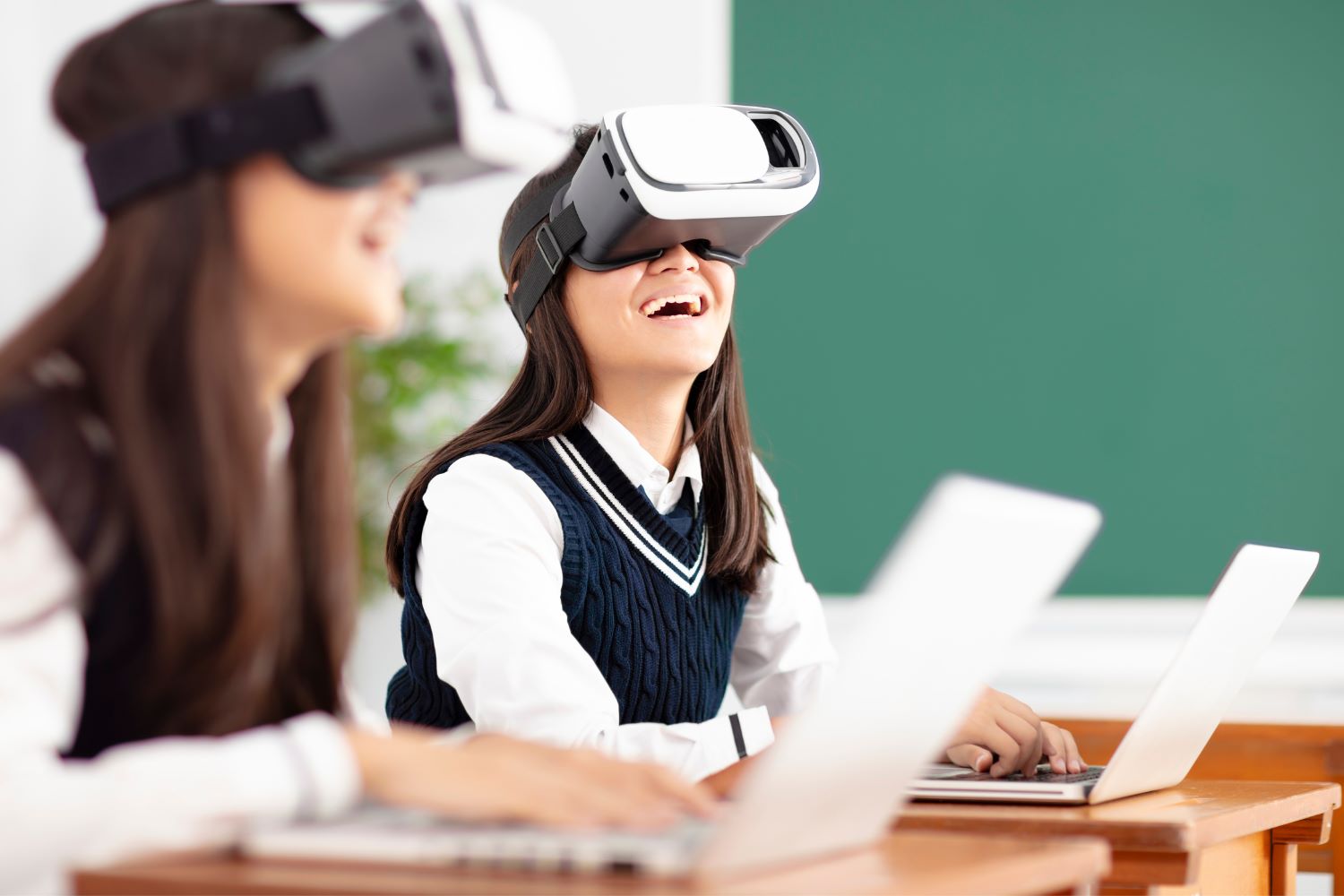
Virtual and Augmented Reality Help Diagnose and Treat Diseases
Virtual Reality (VR) and Augmented Reality (AR) have made significant strides beyond gaming and entertainment. Today, these technologies are revolutionizing the medical field by offering innovative ways to diagnose and treat diseases, enhancing patient care and clinical outcomes.
Diagnosis with a Twist
Traditionally, diagnosing diseases has relied heavily on imaging techniques like MRI and CT scans. Enter VR and AR, which provide a new dimension to these processes. Doctors can now use VR to create 3D models of a patient’s anatomy. These models allow them to explore organs and tissues in detail, making it easier to identify abnormalities. For instance, in cardiology, VR can simulate a patient’s heart condition, allowing surgeons to navigate through intricate pathways and understand the nuances of a specific case before performing surgery. This not only improves diagnostic accuracy but also helps in planning complex procedures more effectively.
Treatment Gets Interactive
On the treatment front, VR and AR are transforming the way therapies are administered. For example, in the field of pain management, VR has been used to distract patients undergoing painful procedures by immersing them in calming, virtual environments. This approach has shown to reduce pain perception significantly, leading to less reliance on medications.
In mental health, VR provides a controlled environment where patients can confront and manage conditions like anxiety, PTSD, and phobias through exposure therapy. The immersive nature of VR makes these treatments more engaging and effective than traditional methods.
Training and Rehabilitation Revolutionized
Moreover, VR is playing a crucial role in the rehabilitation of patients with neurological conditions or injuries. By creating simulated environments, VR helps patients practice and relearn movements, enhancing their recovery process. AR, on the other hand, is aiding medical professionals in performing surgeries with precision by overlaying critical information and guidance directly onto the patient’s body during the procedure.
A Future of Enhanced Care
The integration of VR and AR into healthcare is not just a technological advancement; it’s a giant leap towards a future where medical care is more precise, personalized, and effective. As these technologies continue to evolve, the possibilities for improved diagnosis and treatment are virtually limitless.
So, next time you hear about VR and AR, think beyond gaming and entertainment – these tools are paving the way for a healthier future.

